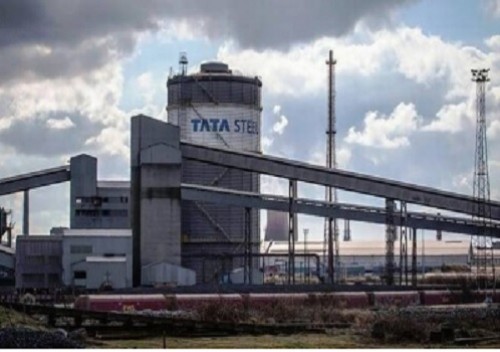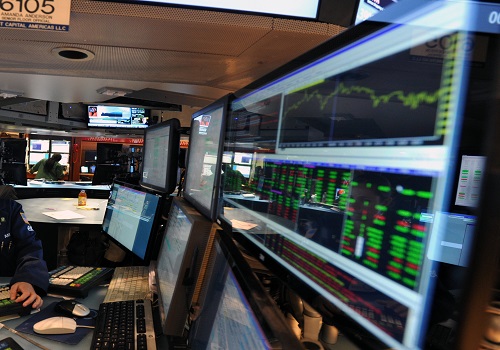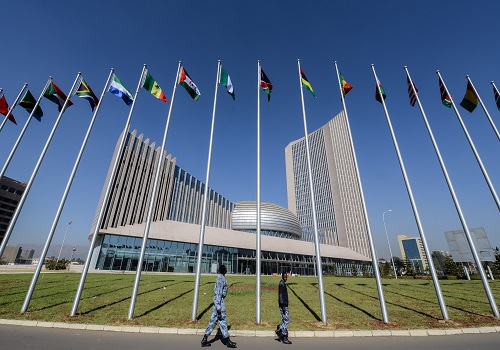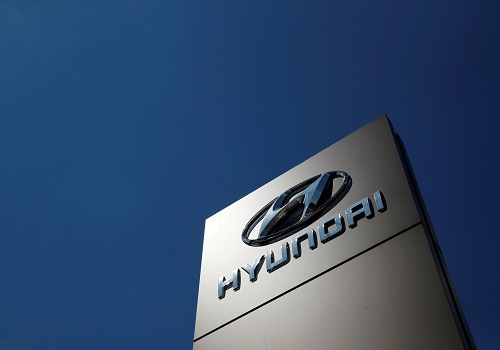With oil past peak, Shell vows to eliminate carbon by 2050
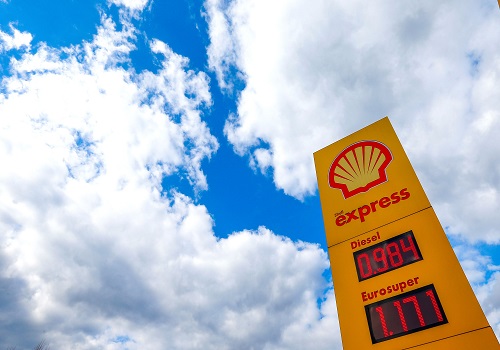
Follow us Now on Telegram ! Get daily 10 - 12 important updates on Business, Finance and Investment. Join our Telegram Channel
LONDON - Energy giant Royal Dutch Shell vowed to eliminate net carbon emissions by 2050, accelerating previous targets, as oil production was set to slowly decline from its 2019 peak.
The Anglo-Dutch company is in the midst of its largest overhaul yet as it prepares to expand its renewables and low-carbon business in the face of growing investor pressure on the oil and gas sector to battle climate change.
In a strategy update, Shell outlined plans to grow rapidly its low-carbon businesses, including biofuels and hydrogen, but spending will stay tilted towards oil and gas in the near future.
It will continue to rely on its retail business, the world's largest, aiming to increase the number of sites to 55,000 by 2025 from today's 46,000.
It also plans to increase the number of electric vehicle charging points to 500,000 from 60,000 now.
Shell did not outline any plans to grow its solar and wind power generation capacity, marking a stark difference from rivals, such as BP and Total, which both aim to boost their ownership of physical wind and solar farms.
In the near term, Shell will invest at least $5 billion a year in what it calls its growth pillar, splitting the investment roughly in half between its trading and retail business and renewables units. It previously aimed to spend up to $3 billion on renewables and marketing combined.
Its upstream business, or oil and gas production, will still attract a larger share of its budget at $8 billion. It will also spend $4 billion on its liquefied natural gas (LNG) business and up to $5 billion on chemicals and refining.
Total spending is expected to remain within a range of $19 to $22 billion per year.
"We will use our established strengths to build on our competitive portfolio as we make the transition," CEO Ben van Beurden said in a statement.
NET-ZERO EMISSION
Shell, which said its greenhouse gas emissions peaked in 2019, accelerated its plans to reduce carbon emissions.
It aims to reduce its net intensity by between 6% and 8% from 2016 levels by 2023. The target rises to 20% by 2030, 45% by 2035 and 100% by the middle of the century.
The company had previously said it would reduce its net carbon footprint emission intensity metric by at least 3% by 2022, 30% by 2035 and 65% by 2050 from a 2016 baseline.
Intensity levels represent emissions per unit of energy produced, technically allowing higher production.
Most European energy majors have set some kind of net-zero carbon target by 2050.
Shell's ambition differs from BP's in that it also covers the emissions from the end-use of products other companies have produced but which Shell sells to customers.
Shell's total carbon emissions, which include its own production of oil and gas as well as sales of products to customers, peaked in 2018 at 1.7 gigatonnes. Shell is the world's largest oil and gas trader.
Oil production is expected to gradually be reduced by 1% to 2% each year from a 2019 peak of around 1.8 million barrels per day, including divestments of oilfields and the natural decline of fields.
But it will rely on revenue from its oil and gas division to pay for shareholder returns and the transition.












 320-x-100_uti_gold.jpg" alt="Advertisement">
320-x-100_uti_gold.jpg" alt="Advertisement">




